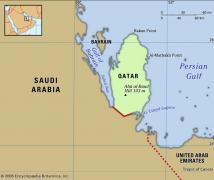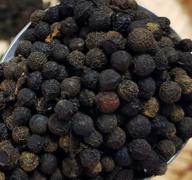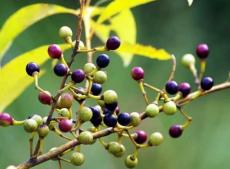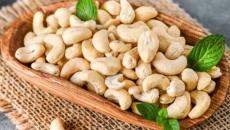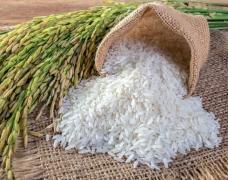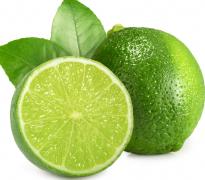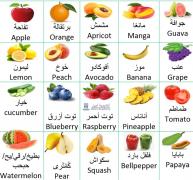Vietnam promotes rice exports to the African market
According to forecast of the United States Department of Agriculture (USDA), Africa's rice production in the crop year 2022-2023 is forecast to reach 24.3 million tons, increased by 1.7% compared to crop year 2021-2022; in which North Africa is estimated at 3.6 million tons, an increase of 23.7% and sub-Saharan Africa is estimated at 20.7 million tons, decreased by 1.2%.
In addition, rice consumption and stocks throughout Africa in 2023 will reach over 42.2 million tons, an increase of more than 570,000 tons compared to 2022; in which, North Africa reached about 4.4 million tons, an increase of 50,000 tons; sub-Saharan Africa reached about 37.5 million tons, an increase of 300,000 tons.
Imported rice is vital to Africa's food security, despite many countries' efforts towards self-sufficiency.
To meet the rice demand estimated at over 42.2 million tons in 2023, Africa is expected to import about 17.7 million tons, decreased by 4.5%. The reason for the decrease in imports is that from the second half of 2022, many countries in the continent have actively imported rice for stockpiling, in case food prices continue to increase due to the consequences of the prolonged Russia-Ukraine conflict.
In the upcoming period, Africa's main rice supply will still focus mainly on India, Pakistan, Thailand and Vietnam. The main types of rice imported by African countries include fragrant rice, white rice and broken rice.
According to the Ministry of Industry and Trade, Vietnam exports rice to 54 African countries with a volume of over 600,000 tons, of which, the largest rice importing markets include Ghana, Ivory Coast, Senegal, Mozambique, Cameroon, Gabon , Tanzania, Egypt, etc.
For the African market, Vietnam's market development orientation is to strengthen the market share of white rice, long grain, hard rice, parboiled rice, fragrant rice, etc. At the same time, meet the needs of this market by improving competitiveness in terms of price, quality and payment and trading conditions in African countries.
Rice is always a key export item in the export of agricultural products in particular as well as the export of Vietnam in general. Despite facing many difficulties due to climate change, geopolitical fluctuations between countries or rising inflation, rice exports still made significant progress in both quantity and value.
In particular, with Vietnam's rice export price leading the rice exporting countries for many months, trade experts forecast that rice export turnover in 2023 will reach about 7 million tons with an estimated value of about USD 4 billion.

